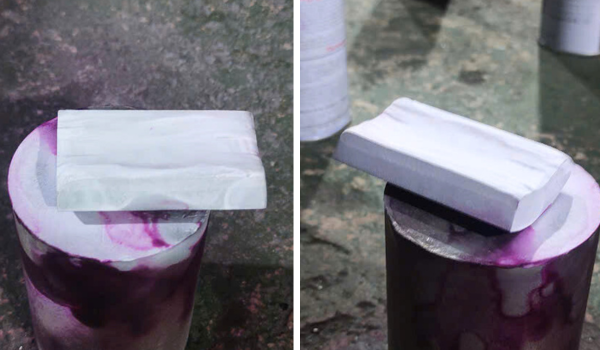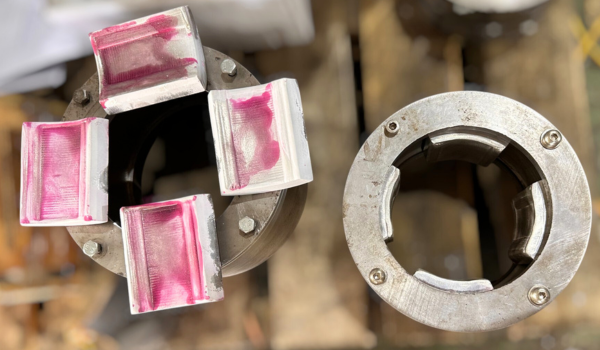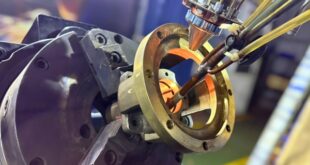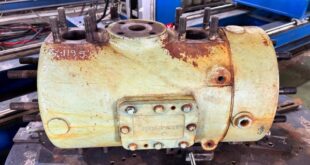1. Technology Overview
Laser cladding with tin-based Babbitt alloy powder is an advanced surface coating technique that restores worn mechanical components such as journal bearings, bushings, and shaft supports. A high-power laser beam melts the Babbitt powder and fuses it metallurgically with the base material, forming a durable and uniform surface layer.
2. Why Choose BABBITT Alloy?
Invented by Isaac Babbitt, Babbitt alloy is renowned for its exceptional properties that make it ideal for bearing applications. Compared to other materials, tin-based Babbitt offers numerous advantages:
- Low Friction: Its low coefficient of friction reduces wear, allowing smoother and more energy-efficient operation.
- Conformability: Adapts well to slight misalignments or geometric deviations, compensating for shaft deformation or assembly errors.
- High Load Capacity: Suitable for high-pressure environments such as generators, turbines, and industrial compressors.
- Excellent Thermal Conductivity: Efficiently dissipates heat during high-speed operation, preventing overheating.
- Corrosion & Oxidation Resistance: Ensures durability in harsh environments with moisture, fluids, or metal dust.
- Shock Absorption & Vibration Damping: Soft Babbitt structure absorbs mechanical shocks and vibrations, extending component life.
- Easy to Machine: Castable and easy to machine—ideal for laser-based repair technologies.
3. Advantages of Laser Cladding with Babbitt Powder
✅ Precise control over heat-affected zones; minimizes cracks and deformation compared to conventional welding.
✅ Produces smooth, uniform, and defect-free coatings with strong metallurgical bonding.
✅ Allows re-use of worn parts, saving replacement costs and reducing downtime.
✅ Compatible with various component shapes: bearing shells, turbine shaft journals, rolling mill supports, etc.

4. Laser Cladding Process with Babbitt Alloy Powder
Watch the laser cladding process using Babbitt alloy powder at PHUONG DONG:
5. Real-World Applications
⚙️ Power & Hydropower: Repairing turbine bearings, generator shaft supports.
⚙️ Automotive & Shipbuilding: Restoring crankshaft journals, cam bushings, and drive shaft bearings.
⚙️ Cement & Steel Industries: Refurbishing mill bushings, rolling shafts, and large bearing housings.
Challenges of Babbitt Welding
⚠️ Low Melting Point (~230–300°C): Requires precise laser energy control to avoid melting the alloy excessively.
⚠️ Strict Surface Cleanliness: All oxidation and oil residues must be removed to prevent coating delamination.
⚠️ Thermal Deformation Risk: Uneven heating or cooling may cause warping or cracking.
⚠️ Protective Gas Requirement: High-purity argon or nitrogen needed to prevent porosity in the weld layer.

The combination of tin-based Babbitt alloy and laser cladding technology is a cutting-edge solution for restoring high-value bearing components. It extends equipment life, reduces maintenance costs, and ensures maximum operational efficiency in demanding industrial environments.
Need a Solution for Bearing or Shaft Journal Repair with Laser Cladding and Babbitt?
Contact us today for expert consultation!
PHUONG DONG INDUSTRIAL AND TRADING CO., LTD
Address: Alley 70, Dan Di, Uy No, Dong Anh, Hanoi
Phone/Zalo: +84 987 822 360

 Laser Cladding Phương Đông
Laser Cladding Phương Đông



